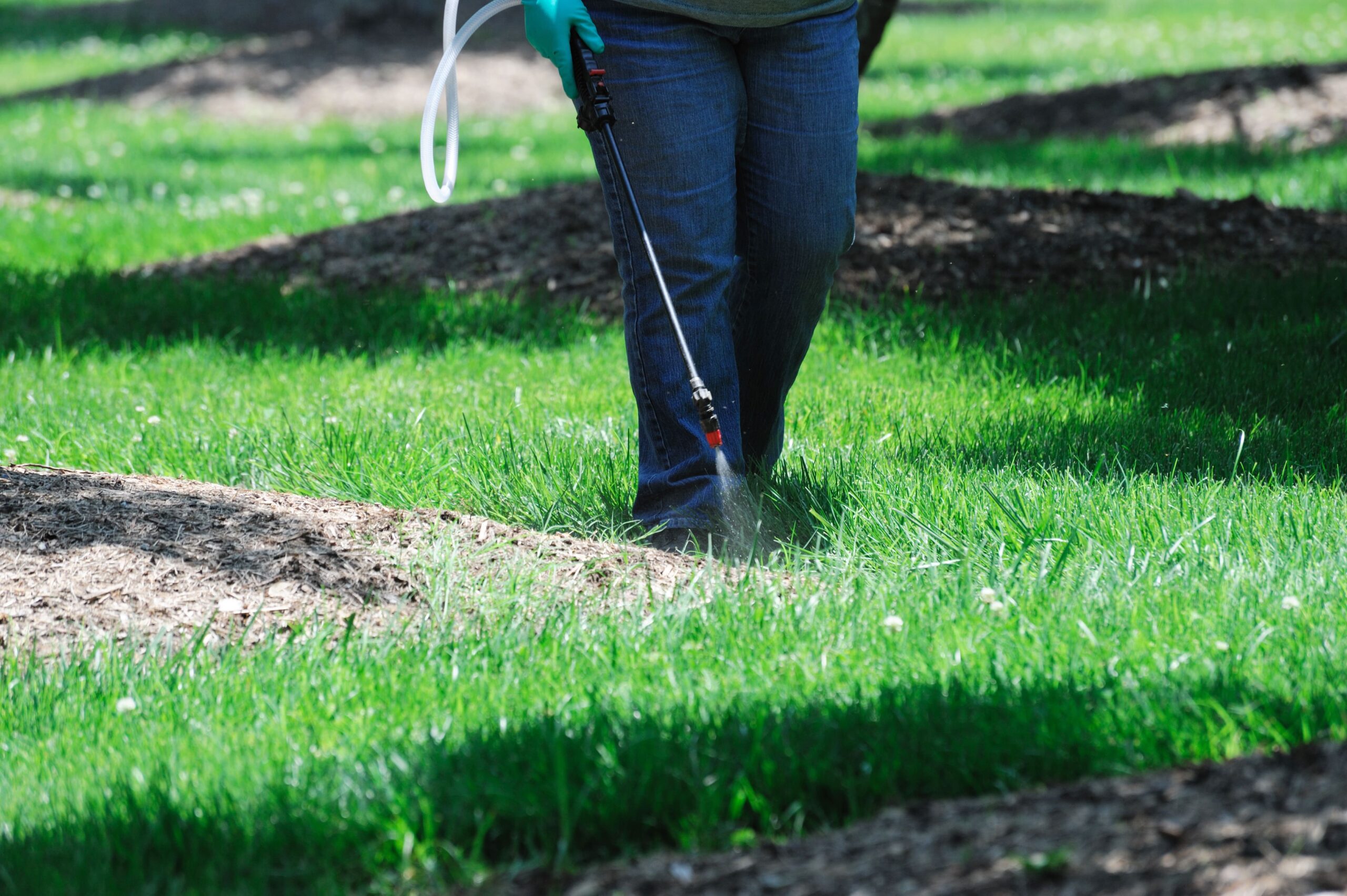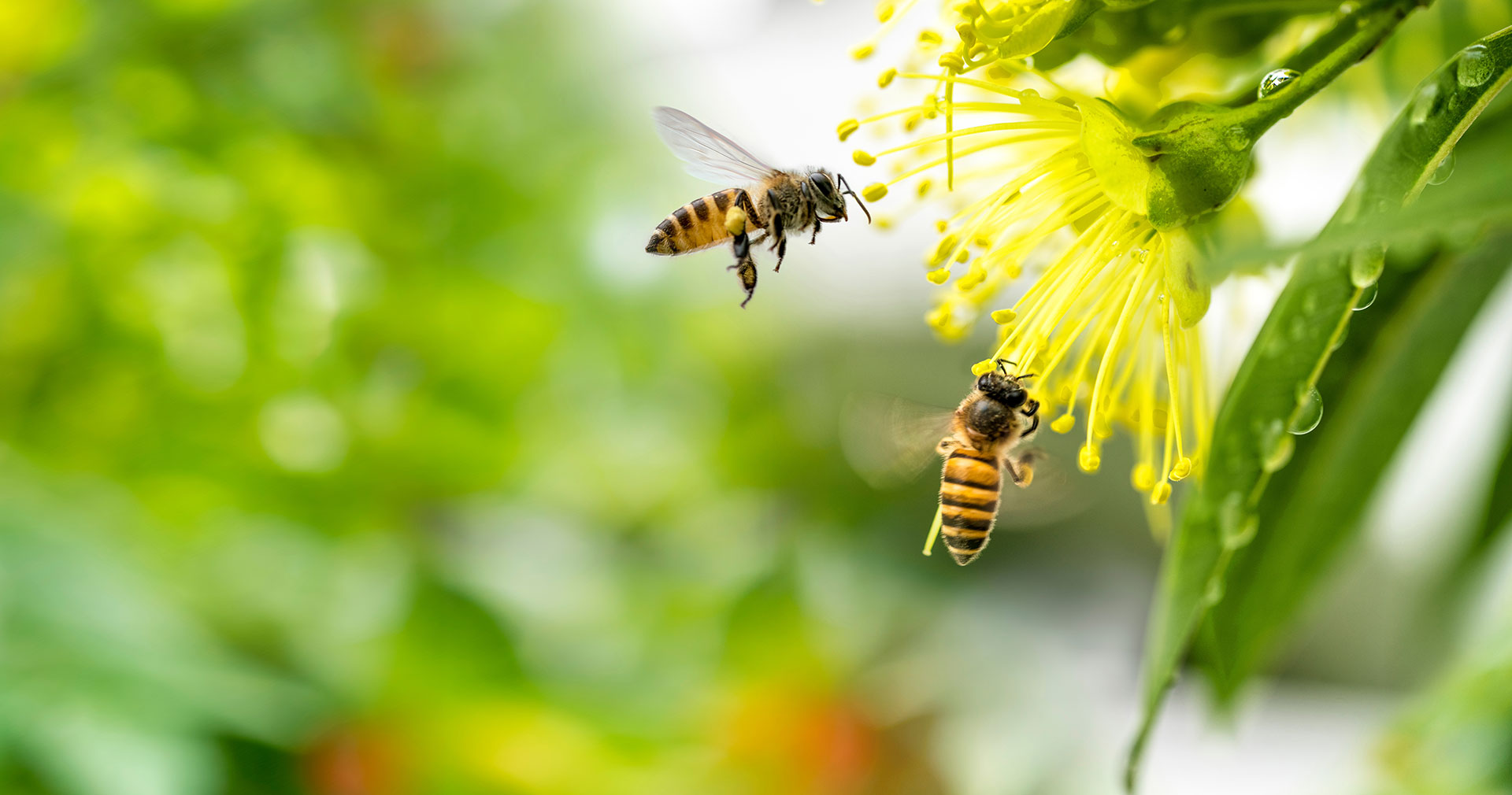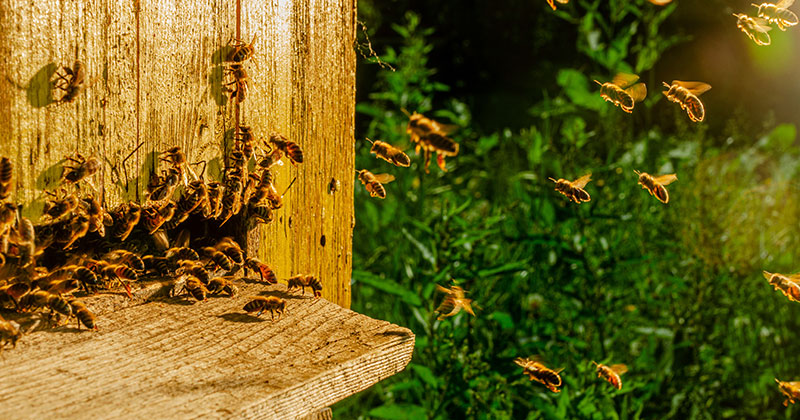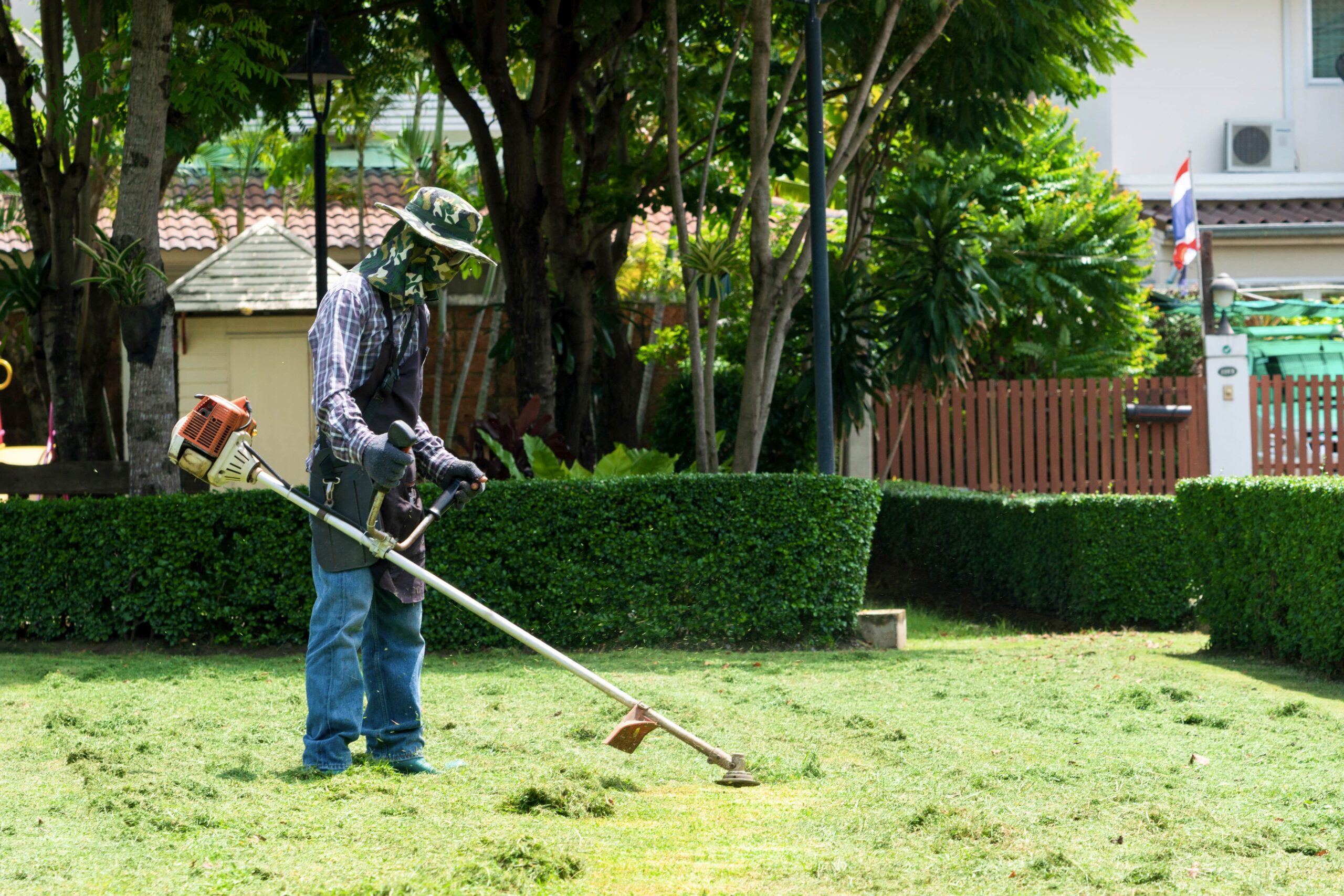

Unexplained holes in wood, a loud buzzing noise, small piles of sawdust—what’s going on?
The culprit may be the carpenter bee—a seemingly harmless pest with a penchant for making itself at home in our homes. Carpenter bees may not be as notorious as termites or cockroaches, but they can wreak havoc on wooden structures if left unchecked.
So how can you effectively manage these buzzing intruders?
In this post, I’ll dive into everything you need to know about carpenter bee pest control, from their behavior and signs of infestation to prevention measures.
Get ready to add another tool to your arsenal of pest-fighting techniques!
What Are Carpenter Bees?
Carpenter bees belong to the genus Xylocopa. They get their name because of their nesting habits, with most excavating tunnels in tough plant materials such as dead wood or bamboo.
Let’s take a closer look at what makes these pests unique by answering some common questions.
RELATED ARTICLE: How to Start a Pest Control Business
What Do Carpenter Bees Look Like?
Often mistaken for bumblebees, carpenter bees are about 1 inch long.
Their abdomens are shiny and black with very little hair. Males are typically orange and black. Females are all black.
Do Carpenter Bees Sting?
Carpenter bees are not aggressive. Males might hover around you, but they actually can’t sting. Females can sting but will only do so if provoked.
Where Do Carpenter Bees Build Their Nests?
Carpenter bees don’t live in colonies like honeybees. Instead, they build their nests, called galleries, by boring tunnels in wood.
They generally nest in untreated or weathered wood. Fences, decks, outdoor furniture, railings, and house siding make ideal homes for carpenter bees.
Inside the galleries, females lay their eggs. They also store food for their larvae.
You’ll find carpenter bees across the eastern United States, but they prefer warm weather.
Are Carpenter Bees Important for Pollination?
Yes. Carpenter bees are prolific pollinators. They use a method called buzz pollination. This means they can pollinate plants that other bees can’t quite reach.
How Are Carpenter Bees Different from Other Pests?
It’s not uncommon for carpenter bees to be mistaken for other types of bees. But, there are some important differences:
- Carpenter bees live alone and are not social. Both bumblebees and honeybees live in colonies and divide their labor.
- Carpenter bees are not very hairy. Bumblebees have hairy bodies with their distinctive black and yellow markings.
Carpenter bees are also compared to carpenter ants because they both build nests in wood. But, carpenter ants don’t have the same destructive power.
FROM ONE OF OUR PARTNERS: 5 Strategic Insights for Pest Control Companies

Why Carpenter Bees Are a Problem
Carpenter bees may be relatively harmless to humans. But they can wreak havoc on wooden structures, including homes and businesses.
Over time, nests can lead to a loss of structural integrity. The wood has so many holes that it eventually collapses.
This can be dangerous—particularly if the bees have made their nests in a critical structural element of the property.
Another problem with carpenter bees is the holes themselves. Even if they don’t cause structural damage, they are unsightly. Each hole is about half an inch in diameter. This can ruin the appearance of furniture and decking.
Finally, when carpenter bees build their nests, they leave sawdust. This is also called frass. It can become quite messy.
Carpenter bees pose other risks unrelated to the wood they damage. This includes:
- Stings: Female carpenter bees can sting if provoked. The sting can cause pain and swelling. For people allergic to bee stings, this can be worrisome.
- Noise: Male carpenter bees buzz loudly and tend to hover around people. This can be annoying and cause anxiety.
- Other pests: Frustratingly, the holes made by carpenter bees can attract other pests. Woodpeckers, for example, may peck at the wood to get to the bee larvae.
RELATED ARTICLE: How to Become a Pest Control Technician
How to Spot a Carpenter Bee Infestation
Suspect your client has a carpenter bee infestation? Keep an eye out for these visual and behavioral clues:
- You can see the bees. You find large bees hovering around the wooden structure in question. They are black or black and orange.
- You find sawdust and holes in the wood. Carpenter bees create holes that are almost perfectly circular. They also push out sawdust, which lands below the entry hole.
- The wood is deteriorating. The tunnels and galleries carpenter bees create weaken wood over time. You might find wood that’s crumbling or breaking apart.
- It’s late spring. This is when carpenter bees are the most active. They return from their hibernation and get ready to build their nests.
- You hear a buzzing sound coming out of the wood. Carpenter bees can be loud. The buzzing noise could be the bees chewing on the wood to deepen their nests.
If you notice one or more of the clues above, you may want to try and identify the bees. Here’s how:
- Get your tools together. You’ll need a ladder, a flashlight, and a magnifying glass. A notebook or camera (like your phone) is also good to have on hand.
- Check for bees. Head outside on a warm day. Carefully observe the area around the wooden structure. If you see an insect flying in and out of a hole, you may have found a carpenter bee.
- Inspect the wood. If the damaged wood is up high, use your ladder and carefully inspect the hole in the wood. Grab your flashlight and check under the eaves, decks, and other wooden structures. Look closely at any wood that appears damaged or has sawdust around it.
- Document what you find. Take notes and snap photos of your findings. You can use these records to track the severity, areas affected, and how well your carpenter bee pest control works.
FROM ONE OF OUR PARTNERS: The 6 Best Pest Control Software Options on the Market

Tips to Start Controlling and Preventing Carpenter Bees Right Now
Taking fast action can help control and prevent these damaging pests. Here are some practical tips for effective carpenter bee pest control:
- Paint or varnish the wood. Carpenter bees prefer soft, untreated wood. Regularly paint or varnish exterior wood, such as decks, fences, and eaves. This protects the wood and discourages bees from nesting.
- Seal existing holes. Fill holes with steel wool and then cover with wood caulk. Paint or varnish the area after sealing.
- Use insecticide sprays: Apply insecticide sprays directly into the bee holes. Follow the instructions on the label. Consider using an insecticide additive in your paint or varnish for extra protection.
- Play music or use wind chimes: Carpenter bees dislike vibrations. Play music or hang wind chimes near their nests. Consistent noise for several days may force bees to relocate.
- Conduct regular inspections. Check wooden structures for signs of carpenter bee activity. That way, you can get the infestation under control before it escalates.
Navigation
Related Posts


6 Tips for Choosing Pest Control Company Names
Continue Reading